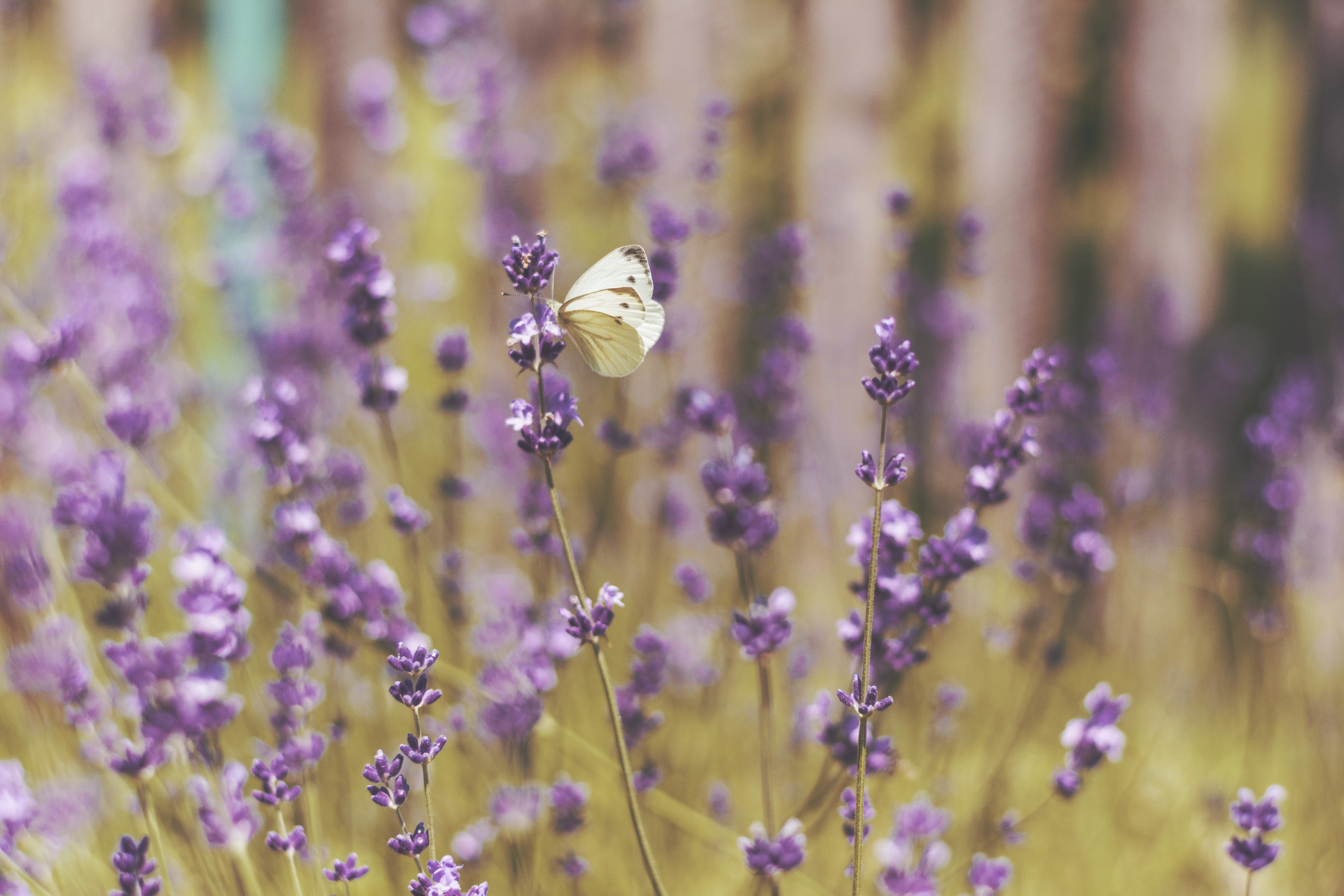Nikolina Matijevic reports on the innovations transforming
a rarely discussed industry
Virtual headstones, natural burials, underground and high-rise cemeteries – these are just some of the ingenious solutions being adopted around the world as cities run out of space to bury their dead.
Around Australia, millions of people are visiting online memorials to share thoughts about their departed loved ones with family and friends.
In Sydney, where already overcrowded graveyards are forecast to reach capacity by 2051 as the population swells to an estimated nine million, the state government has proposed leasing out plots for 25 years, with each spot to be used up to four times.
In notoriously over-populated Hong Kong, a new app using augmented reality technology enables people to visit virtual graves. The app’s developers aim to encourage natural burials, where a body is interred in a park or bushland, without a headstone, and decomposes naturally.
Natural burials are on the rise in Australia, too. Mim Burkitt gave her husband, Neville, a natural burial at a site within a traditional cemetery near Nowra, in southern New South Wales, last October. A keen gardener, with her own flower business, she says: “I know he would not have been happy about having a big marble grave and all the rest of it. He wouldn’t have wanted any of that.

Image supplied by Mim Burkitt.
“He was a conservation architect, so he was into conservation big time.
“[There was] no embalming, no coffin… My husband was just wrapped in one of our bedsheets and put in a big cane basket.”
More than 50,000 people die in NSW every year, half of those in metropolitan Sydney, according to the industry association Cemeteries and Crematoria NSW (CCNSW), which predicted the shortage of burial space in Sydney.
While the city has just one dedicated natural cemetery, Kemps Creek Natural Burial Park, in Sydney’s west, locals can visit the online memorial site Heaven Address, sometimes called a “Facebook for the dead”.
The Australian site, which has nearly 2.5 million users a year, allows families to write posts, share pictures and even light a virtual candle in memory of a loved one.
“Eight years ago, one in 10 families that buried a loved one used our website,” says Derek Goh, the site’s founder. “Now about 60 per cent of families will [use it].”
Internationally, too, there have been notable innovations. In Israel, which has a tiny landmass, tunnels are being built to accommodate a massive underground cemetery; in Brazil, a tower constructed in São Paolo is a high-rise graveyard – and has become a tourist attraction.
The augmented reality app, devised by local Anthony Yuen, transports users to a chosen natural setting where they can visualise a custom-designed headstone.
In Australia, non-traditional burials remain a minority, according to Peter O’Meara, chief executive of CCNSW. Just 50 to 70 people have been interred at Kemps Creek, for instance, since it opened eight years ago, although he attributes that partly to the site being about 50km outside the city.

“People want their loved one to remain close, so that they can visit them,” he says, adding: “Natural burial is one of those phenomena that people will eventually discover. People who are more environmentally conscious will choose that option because of the lower carbon footprint.
“But I think it will take some time for natural burial to overtake the traditional burial, because it’s an industry steeped in conservative behaviour.”
Funerals are also being transformed by technology, with some services live-streamed, says Mr O’Meara. “We have our chapels wired up to the internet, and you can log on and watch a live service take place.”
While Mr Goh doesn’t see a virtual memorial overtaking the need for a physical cemetery, he believes it does help the grieving process.
“What is good about it is the moment of thought when you smell a flower or see a photo [that reminds you of the person], you can go on your phone and send a message to your loved one [via the website], and everyone will know you are thinking about them.”
Mr O’Meara believes there are two ways to fix Sydney’s overcrowded cemeteries: either build new cemeteries or renew old ones.
“Building new cemeteries requires more capital, and you have to go further out, because there’s no land left in the built-up area of Sydney,” he says. “Renewing old cemeteries requires more innovative legislation.”
According to CCNSW, the last major cemetery development in Sydney was in the 1960s.
Mim Burkitt is certain a natural burial is what her husband would have wanted.
“I remember when he was dying… It all happened within a week… He said to me one day, ‘Well, have you found somewhere to bury me yet!’” She chuckles.
Ms Burkitt hopes that she, too, will have a natural burial. “Just having a body slowly rot away in the ground and feed all the microbes and things seems pretty sensible to me.
Of her husband, she says: “A little grass plaque on a big boulder, with his name, date of birth and death. He would be happy with that.”
Music by Alexander Blu from orangefreesounds.com used under Creative Commons.
– Nikolina Matijevic @Nina_Matijevic1, edited by Kathy Marks


